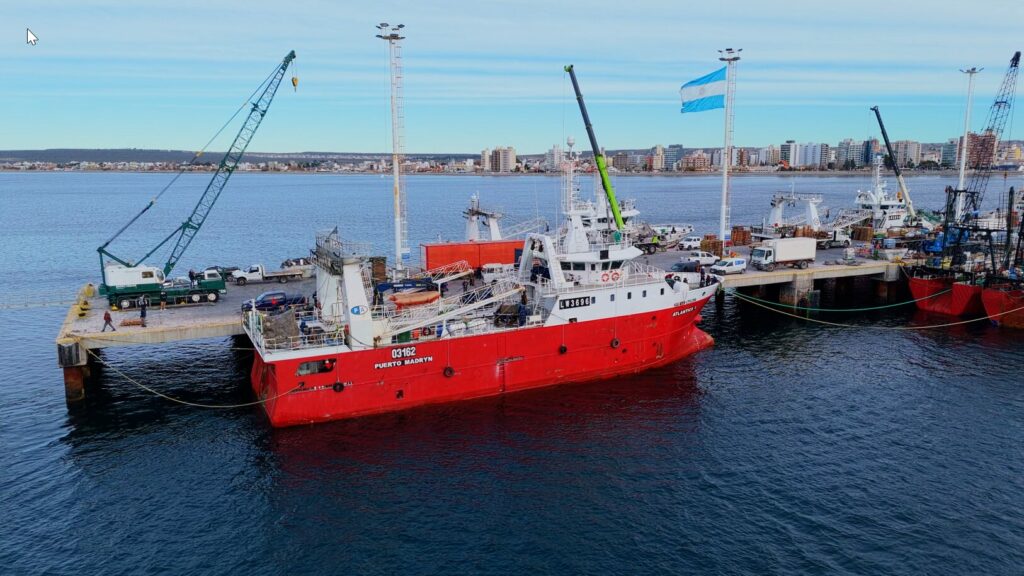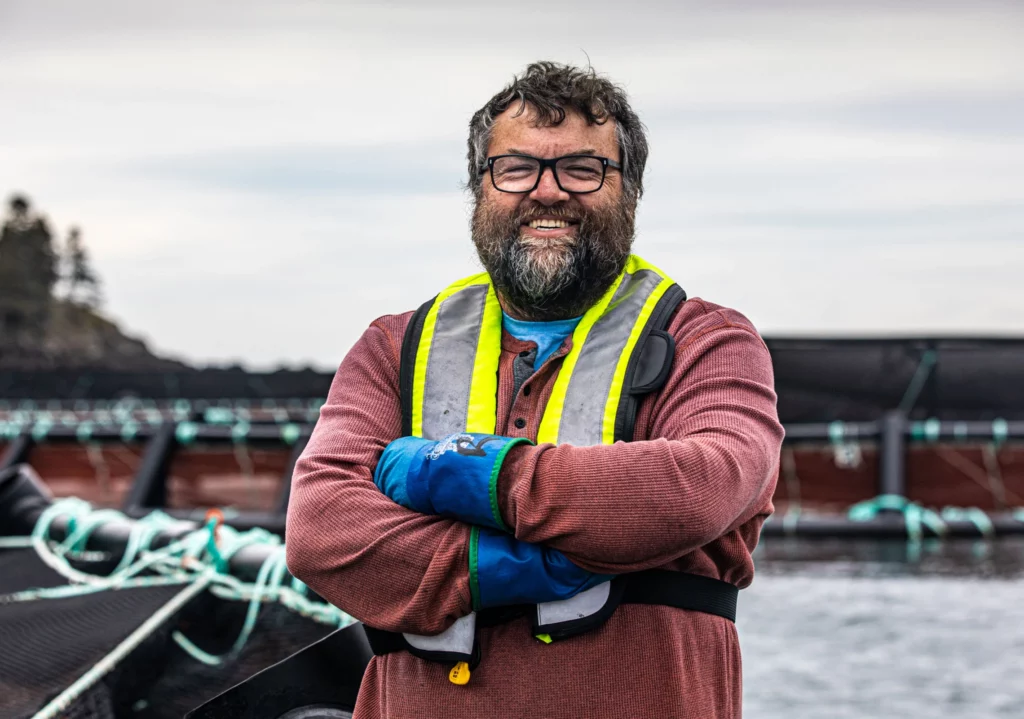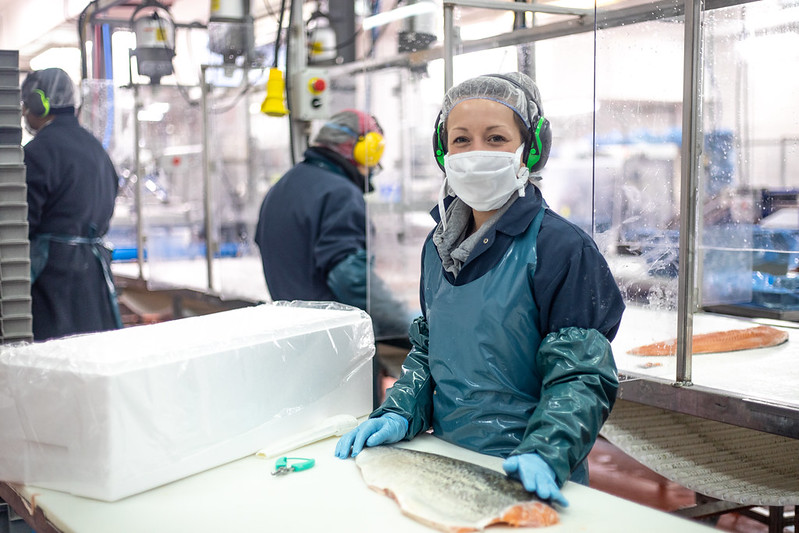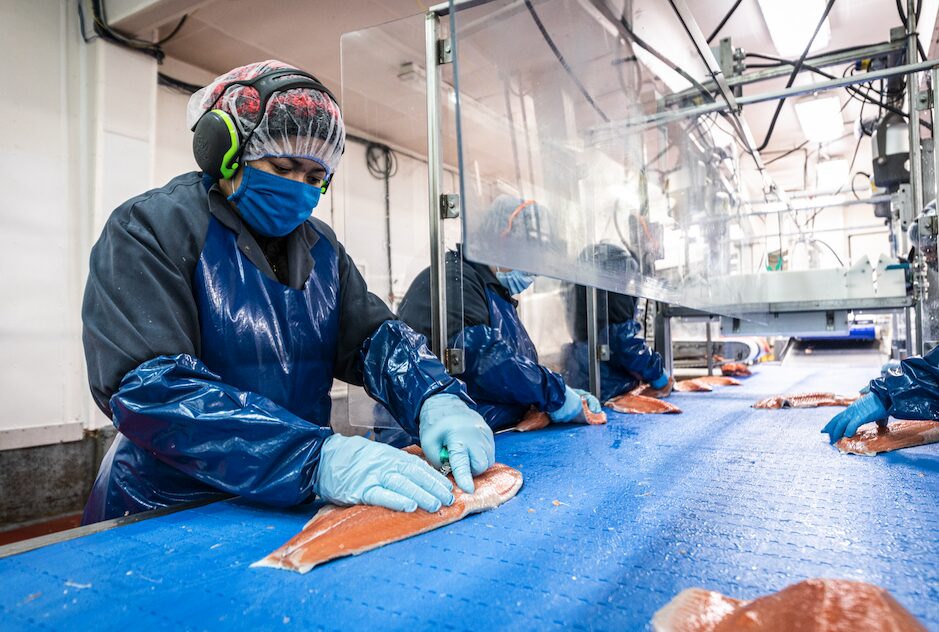Steaming Ahead with the Responsible Fishing Vessel Standard
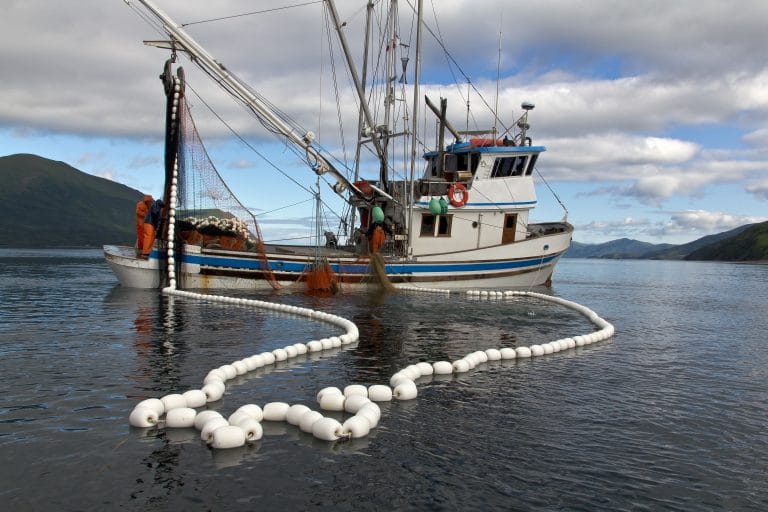 In May 2020, following a two-year transparent and inclusive process Global Seafood Alliance, working with the UK Seafish Industry Authority, completed the development of the Responsible Fishing Vessel Standard. Completing a standard with due diligence and appropriate governance is an arduous process of research, consultation, and third-party oversight, but when the standard is complete a new chapter of work begins. The standard needs to be piloted to test how well the proposed audit works, testing the indicators and metrics can be measured and recorded in different examples. Auditors need to be trained in the new standard to ensure they fully understand the components, the intentions, how to measure them and that the quality and integrity of audits is consistent.
In May 2020, following a two-year transparent and inclusive process Global Seafood Alliance, working with the UK Seafish Industry Authority, completed the development of the Responsible Fishing Vessel Standard. Completing a standard with due diligence and appropriate governance is an arduous process of research, consultation, and third-party oversight, but when the standard is complete a new chapter of work begins. The standard needs to be piloted to test how well the proposed audit works, testing the indicators and metrics can be measured and recorded in different examples. Auditors need to be trained in the new standard to ensure they fully understand the components, the intentions, how to measure them and that the quality and integrity of audits is consistent.
With GSA’s commitment to ensure the Responsible Fishing Vessel Standard is globally appropriate these pilots, and the training, need to take place around the world. In 2020 we had a new, never before experienced challenge, a global pandemic that would prevent auditors gathering for training or going out to audit so GSA have had to find new ways to make sure the standard, and thus assurance of crew welfare good practice, keeps moving forward.
Why are fishing vessel crew standards important?
In the last decade, an increasing number of reports have vividly documented modern slavery and crew welfare atrocities on board fishing vessels around the world. While it is critical to manage fisheries responsibly to ensure healthy stocks and ecosystems assurance of that management alone is no longer sufficient and must be married with assurance that the crews working to prosecute those fisheries are recruited and treated fairly, and safely.
Several global conventions have provided frameworks to underpin the development of third-party audited standards to help address this and support change. Standards may not solve all issues, but can raise awareness, expectation, share knowledge and education and, importantly, provide a tool that can be used to help fishing businesses understand, prepare and deliver seafood that demonstrates, independently, that the people working on the fishing vessels were recruited appropriately, are trained, are working safely, provided with rest and food, paid appropriately and more.

